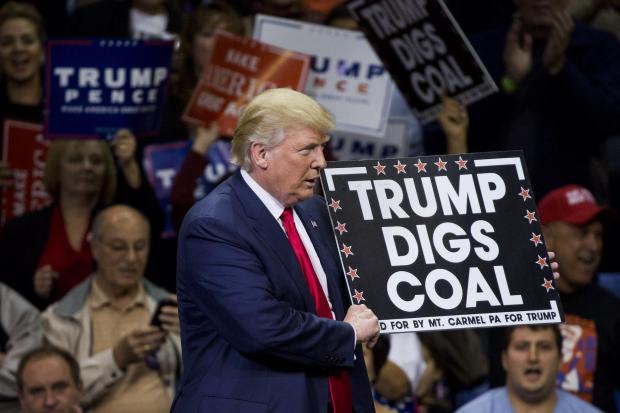The Back Seat
As we all know by now, on Thursday June 1st, Donald Trump announced that the United States would be withdrawing from the Paris Climate Accord and re-negotiating the terms set by his predecessor to curb U.S. carbon emissions. Supporters of Trump’s decision maintain that it abides by Trump’s nationalistic ideology of “America first,” but are we really putting America first by backing out of this agreement?
Original Terms
In March 2015, when we entered the Paris Agreement, President Obama pledged that the United States would reduce greenhouse gas emissions 26 – 28% below our 2005 emissions by the year 2025. Ultimately, our reduction is part of the initiative which is aiming to keep global average temperature from increasing by 2 degrees Celsius (3.6 degrees F). The 2 degree mark comes from a multitude of studies which have examined the effects of rising global temperatures. In short, as global temperatures increase, sea level rises due to increases in meltwater sources, isostatic rebound, and thermal expansion. But rising sea’s aren’t the only adverse effect of climate change, and ultimately 2 degrees is a benchmark that has been set to prevent the positive feedbacks associated with climate change.
Along with a reduction in emissions on our part, all developed nations involved in this agreement have pledged to collectively fund the growth of renewable resources in developing nations to the figure of 100 billion dollars per year. A seemingly large sum of money, but when considering that there are 22 developed nations participating in this funding, the average approximate share for the U.S. is 4.5 billion per year, a sum that is but a small percentage compared to the ~1 trillion dollars per year we spend on infrastructure and defense alone. Often times developing nations are overlooked, while these countries are undoubtedly the first to feel the negative affects of climate change.
[pullquote align=center]”…each target should reflect progress from the prior one, reflecting the highest possible ambition that each country can achieve.”
[/pullquote]
Each signing country has been given 5 years to implement a plan, starting in 2020, and submit a more longterm goal for reducing their carbon footprint. The Paris Climate Accord has been specifically designed to adapt as countries take more responsibility for their own emissions. Every five years each signing nation has also agreed to re-evaluate their position and modify it as needed to meet the 2 degree benchmark. The Obama administration clearly explained that “…each target should reflect progress from the prior one, reflecting the highest possible ambition that each country can achieve.” As countries move forward, the ultimate goal is net zero. By agreeing to a net zero emission standard, signing countries do not specifically have to stop using fossil fuels, but must implement a plan that offsets their emissions by the same amount, (such that for every gigaton of carbon released, a gigaton is sequestered). This is achievable through the use of renewable and sustainable resources, as well as the growth of carbon sinks, like forests and marshes.
A New Deal?
“America first.” This phrase has been reiterated over and over, so by putting America first and renegotiating the Paris Climate Accord, what is really happening? Currently the new administration has not presented a new deal, while stating that renegotiation must be done by other countries. According to the agreement, however, there is a four year withdrawal process. So removing the United States is not as easy as it sounds. Instead of taking the opportunity to lead the world in a new direction, and pave a path for a greener future, the United States has sent a clear message to every nation: “we only care about our own interests.” While this narrative has been growing in popularity, history has shown us that it is a short term investment in short term growth. Even oil giants like Chevron, Exxon, BP, and Shell have voiced their concern with the United States pulling from the agreement, underlining the importance of a global framework to curb carbon emissions. And while the Earth is already starting to feel the pressures of sea level rise, ocean acidification, shifts in regional weather patterns, extended/shortened growing season, wildfires, droughts, and a host of other feedbacks, WE are leaving our work boots at home while the rest of the world slips theirs on.
Read the original Paris Climate Agreement HERE.
sources:
Photo credit: Dominick Reuter/AFP/Getty
http://www.businessinsider.com/what-did-us-agree-to-paris-climate-deal-2017-5

